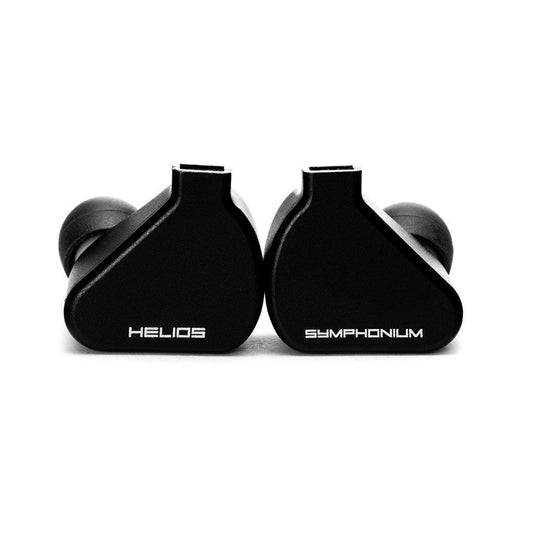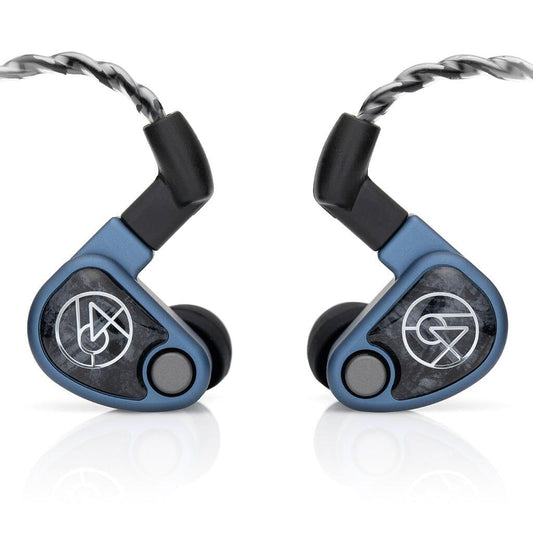The Ranking of Kings: Thieaudio Monarch MkII and MkIII Comparative Review

Introduction
Thieaudio is a popular name in the high-end in-ear monitor (IEM) market nowadays. But they weren’t always the well-known brand they are now. It was the release of the Thieaudio Clairvoyance and Monarch three years ago that put their name on the map. Specifically, it was the Monarch that cemented them as a contender in the IEM space. And of course, if something is good, its sequel must be better, right? And that’s why today I have with me not just the Monarch MkII but the newly released Monarch MkIII as well. Though the MkII has been released for over a year, I’ve never had the chance to review it until now. So join me as I take a look at how both of these $1,000 IEMs compare against each other and in the highly competitive environment of the kilobuck space today.
Source(s) Used: Ferrum ERCO Balanced DAC & Headphone Amp and Apple USB-C dongle
What we like
- Among the best price/performance ratios in this class
- Superbly balanced tuning for the MkII
- Midbass bump and midrange warmth for the MkIII for better texture
- Excellent midrange resolution for the MkII and better on the MkIII
- Exceptional detail retrieval on the MkIII
What we don’t like
- Upper treble zing on the MkIII is a little exaggerated
- Unusual W-shaped imaging on the MkIII
- MkII can be seen as a little too “normal” - no X-factor
- Bass dynamics doesn't hit quite as hard as its competitors
What’s in the Box?
The packaging of the MkII and MkIII are almost identical to one another. In both you get:
- A set of generic S/M/L silicon tips.
- A set of S/M/L foam tips.
- A small black Thieaudio branded microfiber cleaning cloth.
- A large zippered carrying case.
- A 4-core braided 2-pin cable with interchangeable 2.5/3.5/4.4 mm jacks.
- The IEMs themselves - constructed out of black resin and beautiful faceplate options.
The difference comes down to the stock cable in each. The MkII’s is a thicker, cloth braided brown cable while the MkIII’s is slimmer beige cable. I prefer the MkIII’s as it has less cable memory and feels smoother to the touch. The size of the interchangeable jack in the MkIII’s is much more streamlined as well, instead of the bulky implementation they had in the MkII’s. As crazy as it sounds, props to Thieaudio for including great stock cables in products that cost $1,000. You’d be surprised at how many companies fail at this step.
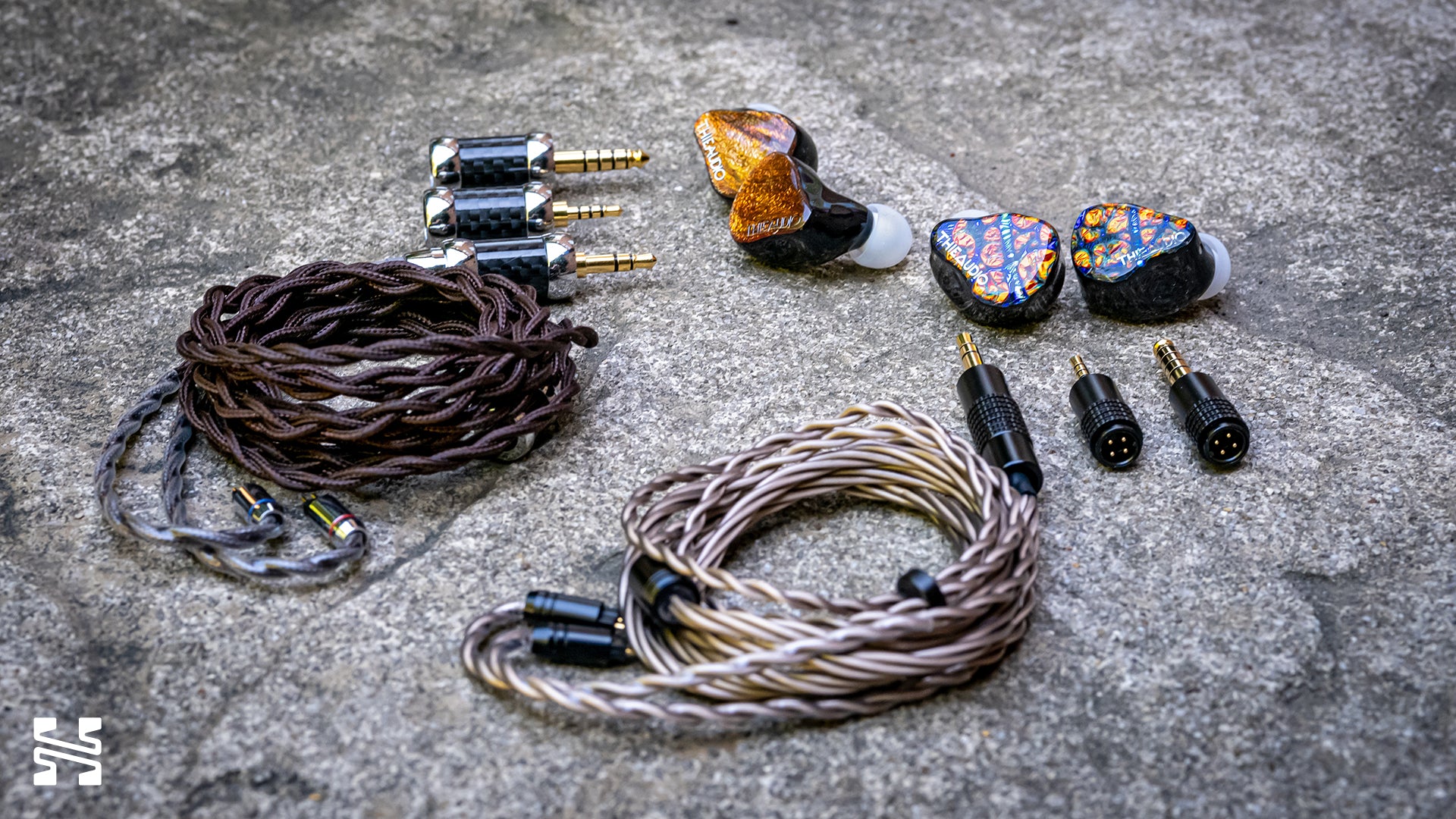
One of the neat things about the Monarch MkIII is its customizable faceplate. There’s over 21 different designs, though it’ll run you an extra $100. I have the “butterfly” design and it is gorgeous. For driver configuration, the MkIII adds an additional dynamic driver for a final set-up of a 2 DD + 6 BA + 2 EST configuration. The addition of this additional driver meant a redesign of the shell - the MkIII’s shell is noticeably larger than the MkII’s. However, I found the fit to be about the same for both of them. They aren’t the most comfortable IEMs I’ve ever worn, especially with a nozzle diameter of over 6 mm, but there’s nothing specific to complain about.
Newcomer’s Note: DD = Dynamic Driver. BA = Balanced Armature. EST= Electrostatic. These are different types of driver technology utilized in IEMs to create the overall sound. While they have different properties, it’s less important how many drivers are in an IEM or what type they are. What’s important is how they sound.
Sound
Both IEMs are very well tuned. The MkII has an impeccably balanced profile while the MkIII has a slightly U-shaped signature due to midbass presence and an upper treble exaggeration. When it comes to sound presentation, I find the MkII to be a “normal” sounding IEM, albeit a very good one with practically no weaknesses. The MkIII on the other hand takes some of the individual characteristics of the MkII and cranks it up to 11. To an extent, I think it misses the forest for the trees but does introduce a few unique elements compared to the MkII that makes me ultimately prefer it. Overall, I view the MkIII primarily as a sidegrade and a minor upgrade.
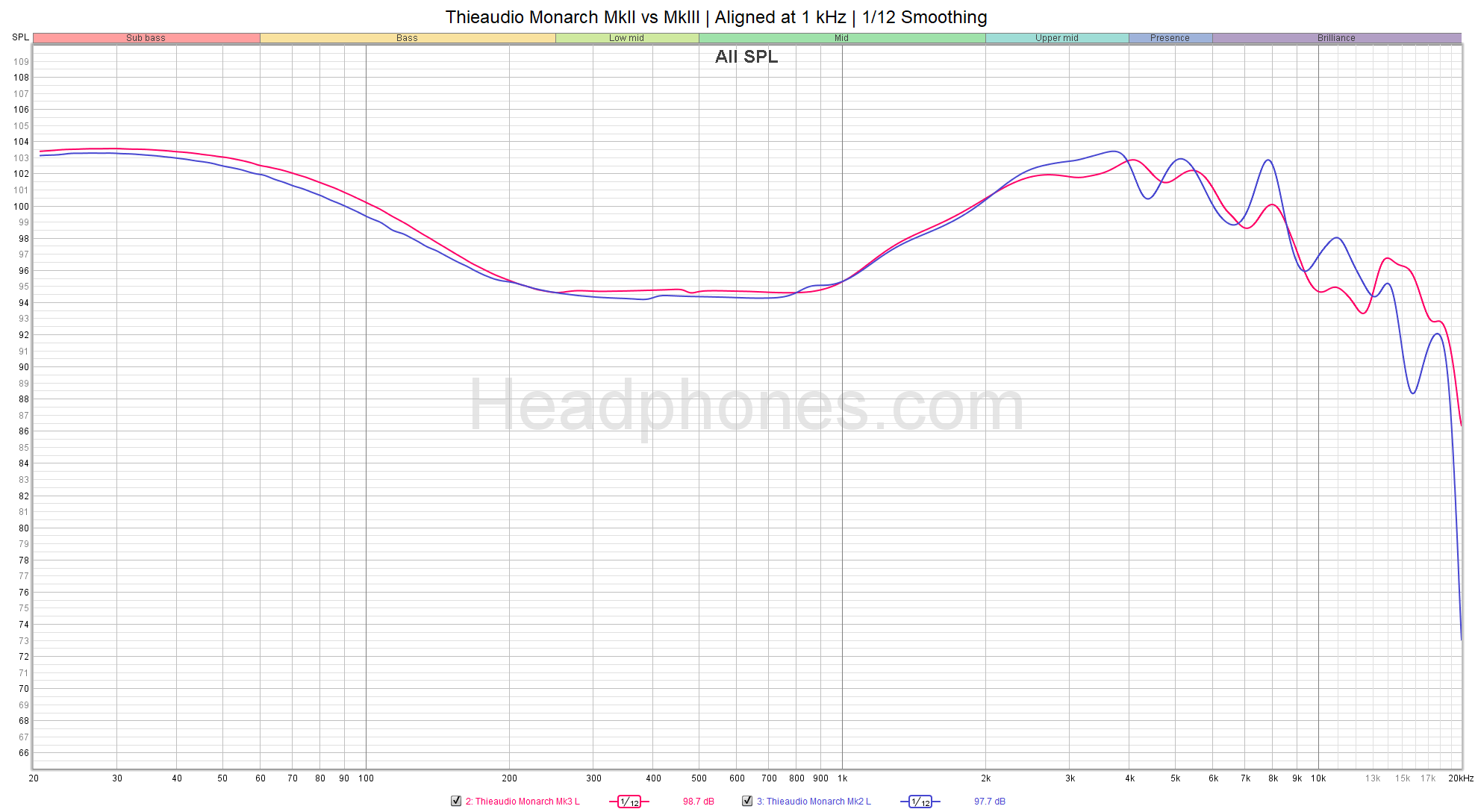
Frequency response of the Thieaudio Monarch MkII (blue) vs MkIII (red). Measurement taken with an IEC-711 clone microphone. Comparisons can only be made relative to other measurements taken by this specific microphone. A peak at about 8 – 10 kHz is likely an artifact of the measurement rig and may not exist as depicted here. Measurements above 8 kHz are not accurate. If possible, reference multiple measurements.
Bass
The bass of the MkIII is quite interesting. When it engages, there is a “fill-the-room” sensation where the bass energy saturates and is sustained for as long as needed. Yet amidst that is a substantial midbass body that seems to freely float and handle every note that comes its way. I found this “two-tier” system to be quite effective. The midbass does the heavy lifting - it controls notes, adds weight, and provides texture and definition. The sustained bass energy surrounding it provides a foundation that shines a spotlight on these notes. However, I wouldn’t say the MkIII has a super clean transient response. The fullness of its midbass body rounds out the transients.
Switching to the MkII from the MkIII, it’s immediately obvious that there is less bass presence overall. Though they measure closely in the graph above, the MkII is a notably leaner IEM than the MkIII. You can tell that Thieaudio’s designer paid special attention when tuning the MkII’s bass. It’s been carefully measured in every way. Its bass shelf fades perfectly into the lower mids for a seamless experience. Like the MkIII, transients aren’t the sharpest on the MkII but notes are a smidge cleaner due to less midbass presence. Note decay lasts just long enough so trailing ends of tones are fully captured. It’s neither boomy nor punchy. I found it a little less textured than the MkIII’s however.
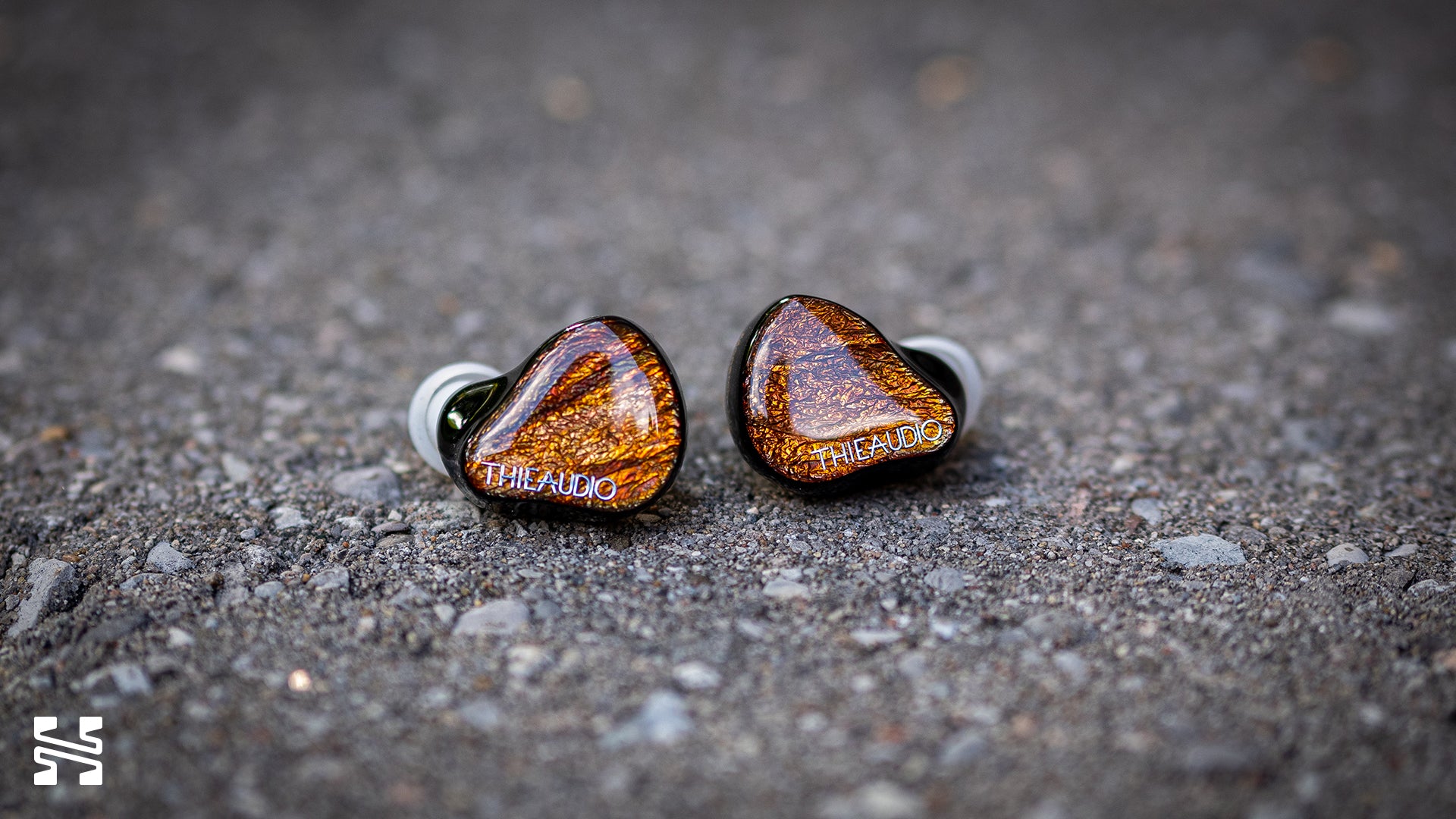
Thieaudio Monarch MkII
Between the two, I prefer the MkIII. The prominent midbass body in the MkIII adds a pleasant musicality to familiar tracks. Otherwise, they’re both quite similar to one another in presentation. While they don’t highlight specific instruments, they exhibit refinement and maturity in how notes are rendered beyond the one-dimensional sound from more budget offerings. The one weakness in the bass is their dynamic impact. It doesn’t hit quite hard enough to make me sit up and take notice.
Mids
Where the MkII has a clean, balanced tonality, the MkIII has an increased richness in its midrange. This translates into a touch of intimacy with instruments, particularly with acoustic guitars and other stringed instruments. And speaking of instruments, the MkIII has great resolution in the midrange. While the MkII was already quite good, the MkIII highlights subtly plucked strings or electric guitar riffs tucked between passages.
Male and female vocals on the MkIII are nicely contrasted with one another. Female vocals are pushed a tad forward in the upper mids while male vocals take advantage of the warmth in the lower mids. They diverge ever-so-slightly away in tone from each other to emphasize their strengths. This is particularly noticeable in tracks where both male and female vocalists are fully present. In comparison, the MkII makes no distinction for vocalists; both perform equally well. Once again, this slight coloration of sound is what gives the MkIII an edge for my preferences. There is a hint of sibilance but I never found it an issue.
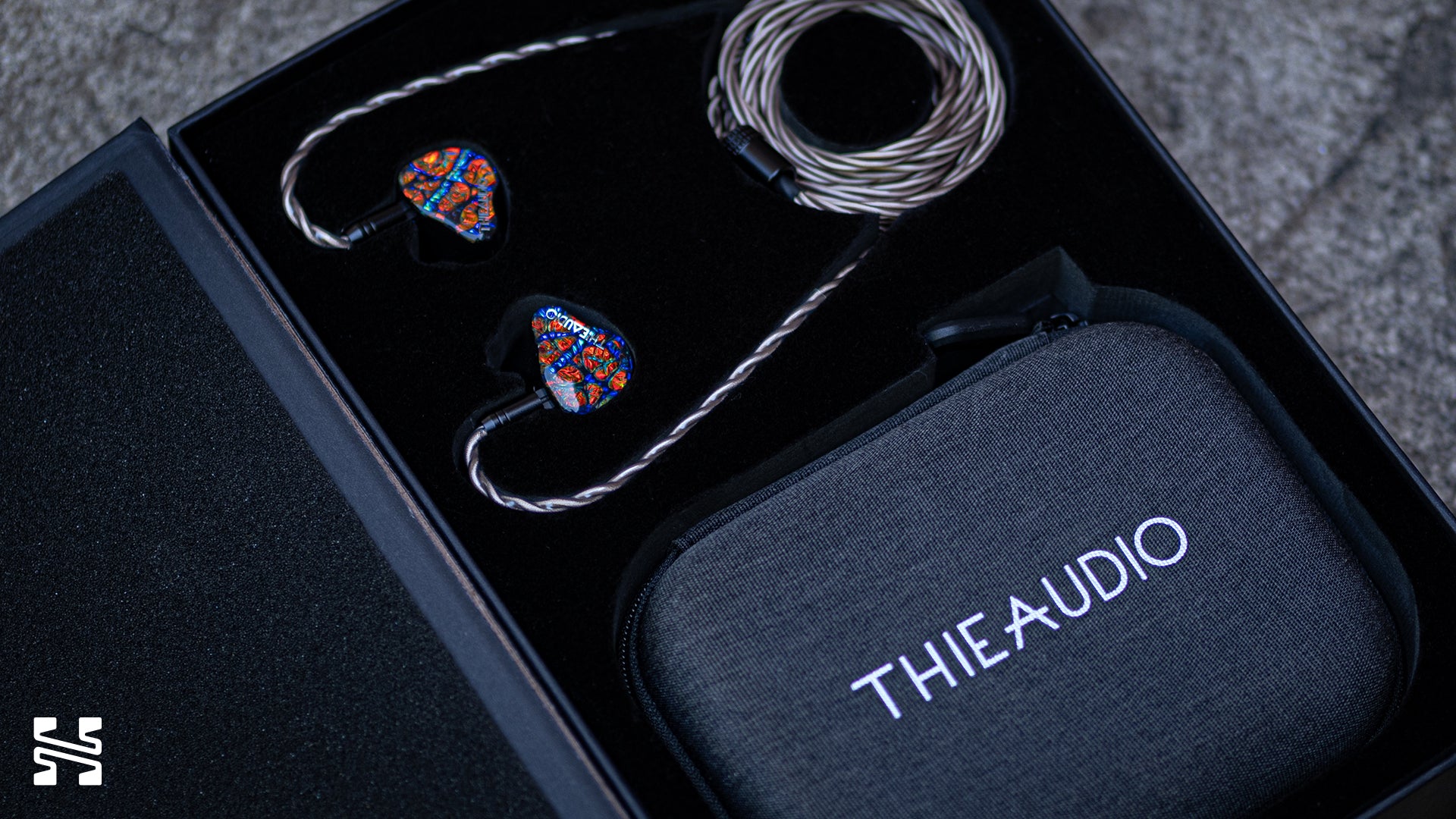
Treble
I love the treble of the Monarch MkII. It’s some of the best treble in an IEM I’ve heard in terms of the delicate balancing game of treble presence/brilliance, evenness, and timbre. For almost every IEM I’ve heard, you’d generally pick two out of three. The MkII manages to capture all three. There’s excellent control across the lower, mid, and upper treble such that it doesn’t sound uneven or peaky. It happily showcases treble brilliance that lets the upper harmonics sing without overstepping the overall tonal balance or being exaggerated. All of this is wrapped up in a generally pleasant timbre that doesn’t sound overly crisp or harsh. This is a treble that you won’t hear at first listen; its understated performance is exactly what makes it so good.
On the other hand, the MkIII’s treble builds off the MkII’s base and crosses over the line. The culprit is the introduction of more treble zing. There’s now an obvious upper treble peak that throws off the balance the MkII worked so hard to establish. It’s not so much that it's too bright or peaky. Instead, it unabashedly resolves every single sizzle and shimmer of the hats and cymbals, as if you were standing right next to the percussion as the sticks crash into them. I find that having this much detail to be rather unnatural due to its exaggeration. Some people deride bright headphones and IEMs as having “fake treble detail” and while I don’t fully agree with that statement, I can see why someone would accuse the MkIII of doing that.

However, I wouldn’t say that this upper treble boost ruins the MkIII. Its treble is still really, really good and retains superb control over its output. There’s just a heavier hand than in the MkII. It also doesn’t show up on every track, just those that prominently feature instruments like the hats and cymbals. For genres like pop where synths and samples are more utilized, this upper treble wasn’t an issue. I can see in some cases where listeners will prefer the MkIII for that extra layer resolution and vibrancy. I also suspect this treble is what gives female vocals their shine. Personally, I lean towards the MkII’s treble with a 60/40 split vs the MkIII. I’d happily take it over the treble of 90% of IEMs on the market.
Presentation
The MkII has great horizontal width and effortless imaging and layering. Instruments are cleanly placed with plenty of space within the soundstage. Unfortunately, it doesn’t have too much in the way of height or depth, but I won’t hold it too much against the MkII since nothing ever feels cramped in any way. The MkIII pushes the boundaries of the stage width even further. Peripheral instruments are extremely well defined at the very edges. However, there’s a bit of a W-shaped imaging where there’s an intimate center image and stretched peripheries with less in between. This sort of imaging is less natural sounding than the MkII’s more diffused nature.
I’ve alluded to this a couple times in this review already but the MkIII has phenomenal detail retrieval for background instruments. Part of this is the somewhat unrealistic treble performance but its midrange resolution is the real deal. In comparison, the MkII’s midrange is also highly detailed but doesn’t quite reach that next level the MkIII does. I’m tempted to call the MkIII one of the most resolving IEMs I’ve heard for complementary notes that play around the foreground.
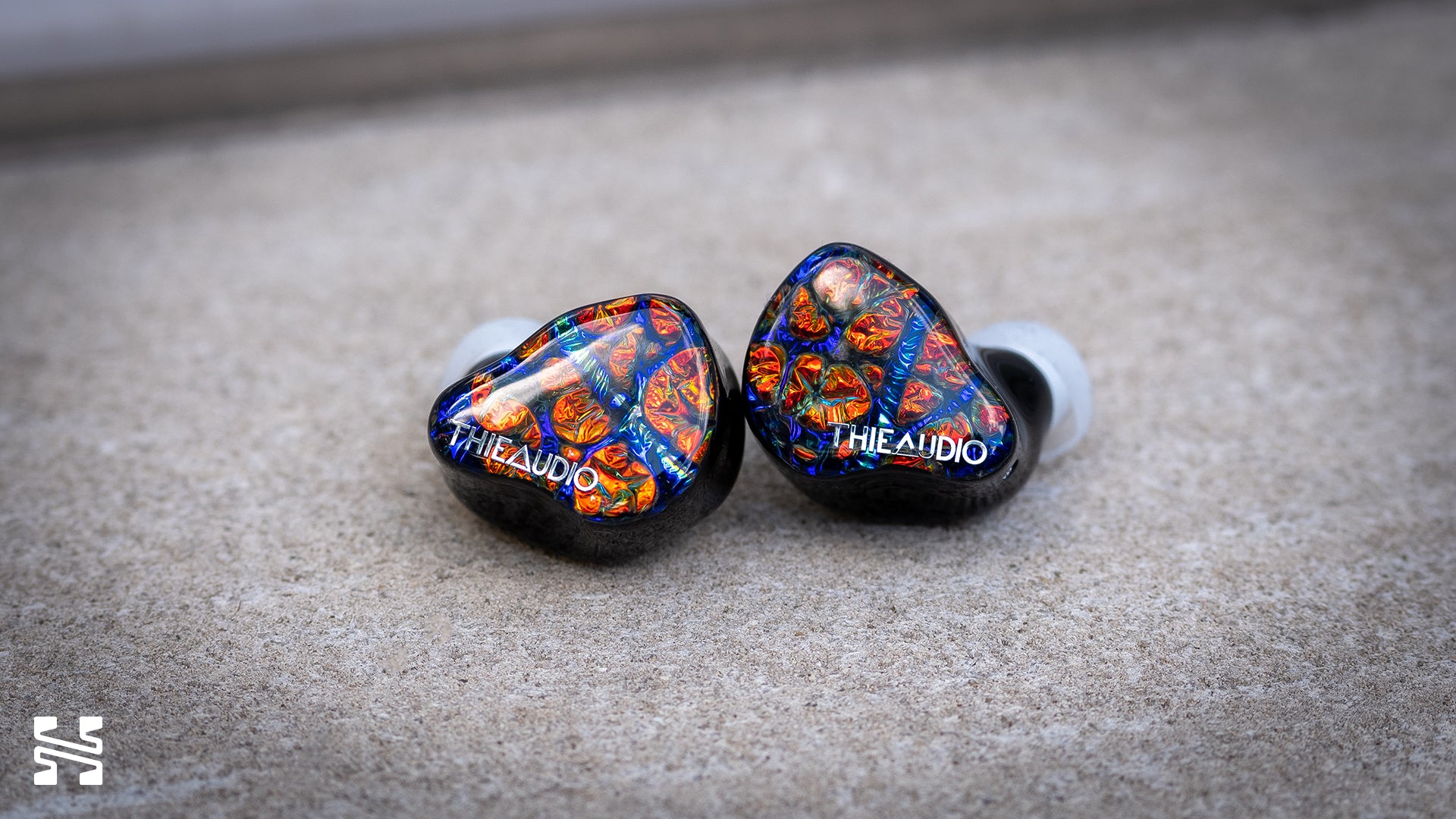
Thieaudio Monarch MkIII
Comparisons
Symphonium Helios
The Symphonium Helios is one of the best IEMs at the $1,000 mark and made it to our IEMs Buying Guide. It’s an excellent benchmark for a no-nonsense approach to top tier tonality and technical performance. In many ways, I find the MkII to be a softer version of the Helios. The Helios has sharper transients and a tighter bass response with its all-BA set-up. This however does lend to a bit of a drier sound, particularly as it reaches for a neutral + subbass type of tuning rather than an overall balanced profile that the MkII has. Both IEMs have amazing treble. The difference is that the Helios is a touch more forward with a crisper, though slightly crystalline, sound. This added vibrancy makes me prefer the Helios. Staging and resolution is about the same for both but the Helios wins in having a better sense of dynamics.
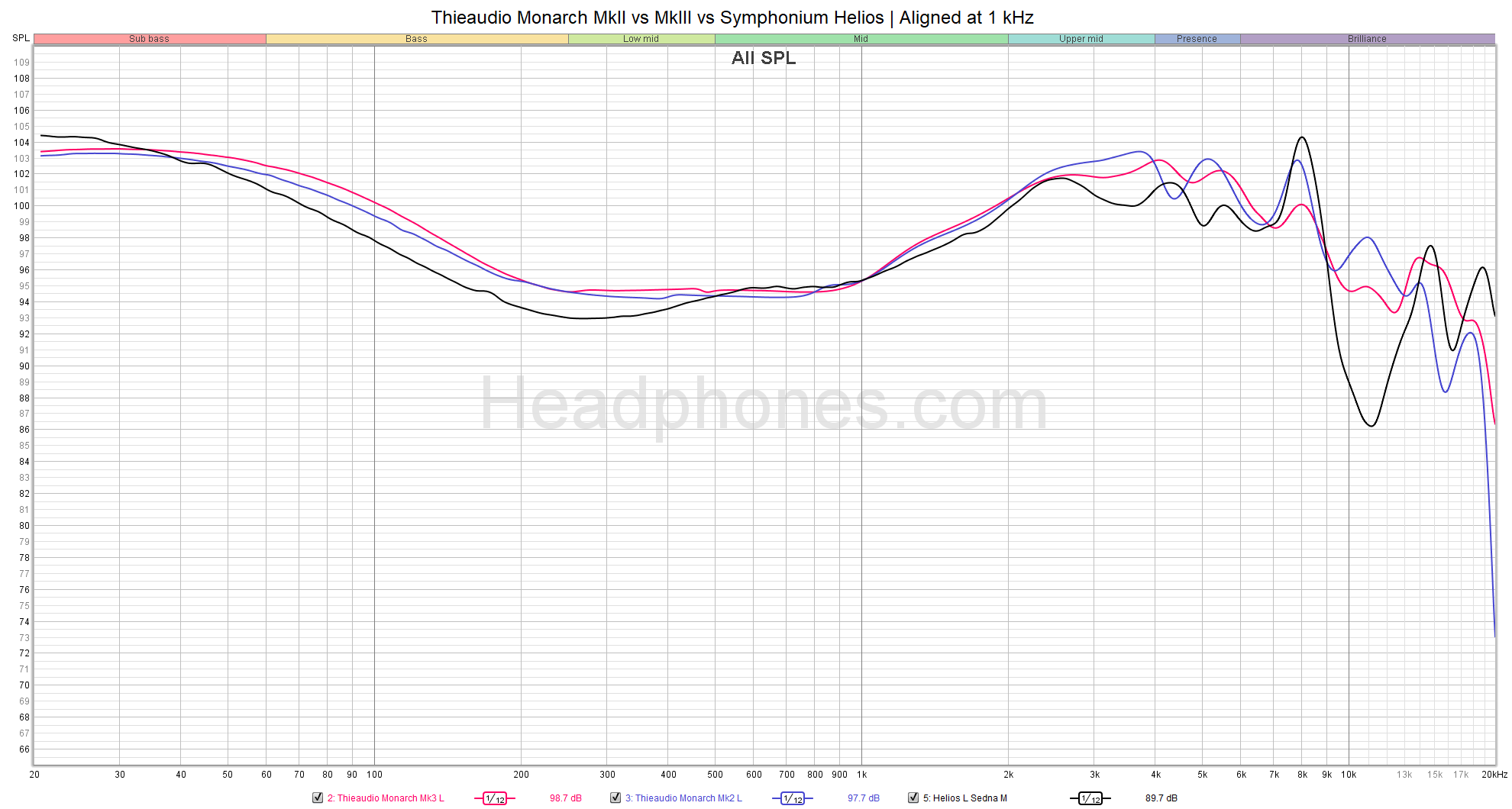
Given that the MkII is a softer version of the Helios, comparisons to the MkIII easily translate over. In particular, the MkIII’s midbass body stands in stark contrast to the Helios’ dipped lower mids and provides the warmth the Helios was missing. The treble of the MkIII is still exaggerated relative to the Helios but does make up for having a better overall resolution.
Symphonium Audio Helios In-Ear Headphones
64 Audio U4s
The 64 Audio U4s is our first recommendation for anyone looking for a kilobuck IEM. It opts for a fun bassy signature that doesn’t sacrifice tonal coherency. As such, it doesn’t quite compare to the carefully-balanced tuning of the MkII. The MkIII is closer in spirit but is still better tuned compared to the U4s. The best way I can describe the midrange is that the MkII is clean, the MkIII is slightly warm, and the U4s is thick. The U4s brings a weightier timbre and heightened dynamics which makes it such an enjoyable listen. And really, that’s what sets the U4s apart. Though it doesn’t outdo the MkIII in resolving ability nor does it come close to the treble performance of the MkII, the fun, easy-going nature of the U4s is why it’s such an easy recommendation for someone looking to get into the game.
64 Audio U4s In-Ear Headphones

Should You Buy Them?
Yes. Both the Thieaudio Monarch MkII and MkIII get a solid recommendation from me. Truth be told, Precogvision and I decided to remove the Monarch MkII from the buying guide as we really wanted to narrow down the recommendations. The MkII felt a little too “normal” compared to the Helios and U4s despite its numerous strengths. In retrospect, perhaps that decision was a bit too hasty. The MkII is still an excellent IEM and very safe option. It’s a textbook example of doing everything a great IEM should do.
But that’s why I think the MkIII edges out the MkII for me. It has character. As so often with hobbies like this, the deeper one goes, there is a tendency to desire something a little more unique. The MkIII accomplishes that with its midbass body and treble performance while backing it all up with technical performance on par with or exceeding its predecessors. Having both the MkII and MkIII in front of me, the MkIII is the one I keep coming back to. I happily rank it among the Symphonium Helios and 64 Audio U4s as one of the best options for the $1,000 mark (and frankly, even beyond). The kilobuck market has never been healthier.
Thieaudio Monarch MKIII In-Ear Headphones
Appendix
If you wanted to see the industry standard B&K 5128 measurements for the Thieaudio Monarch MkIII, here it is:
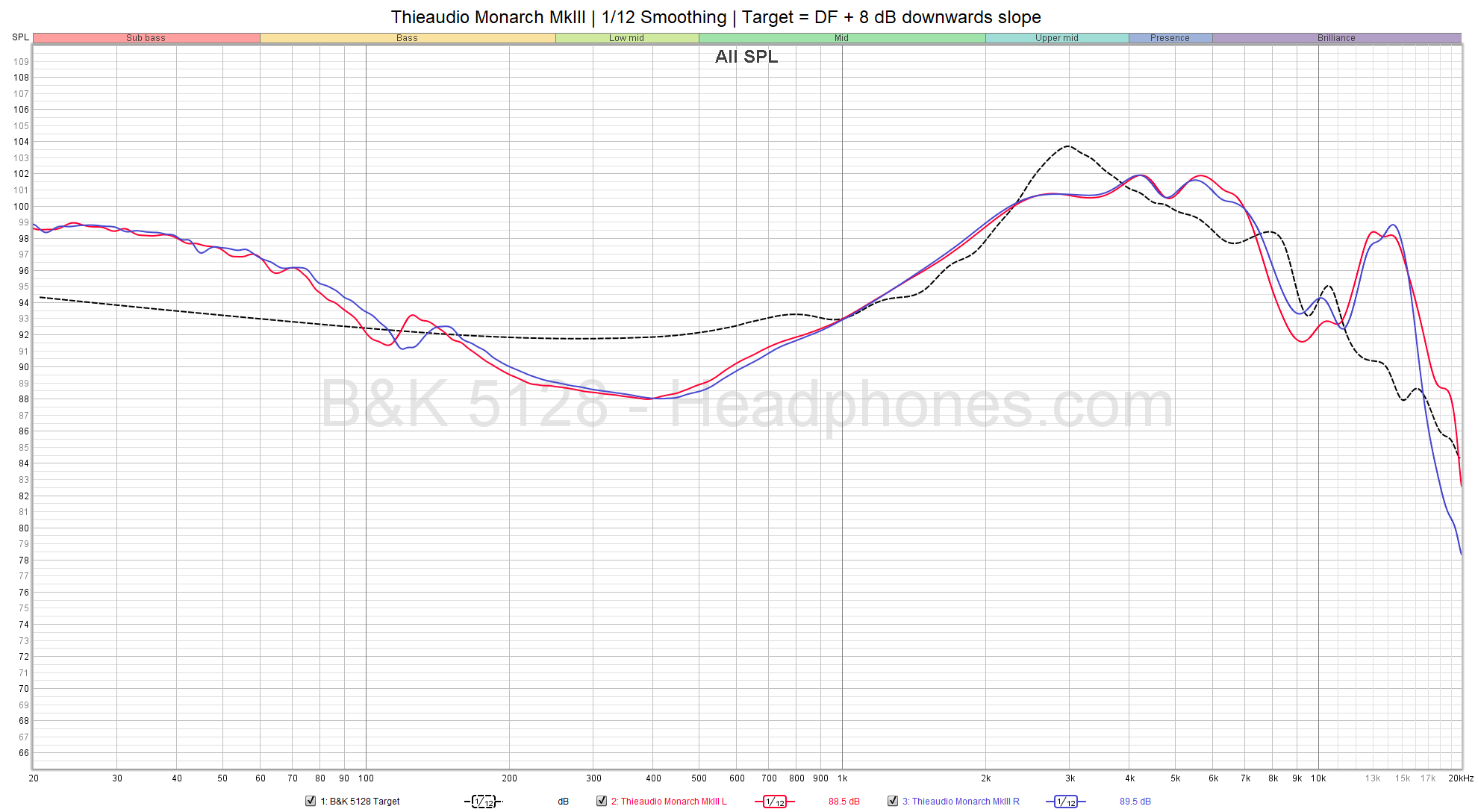
Red and blue are left and right of the MkIII. Black is the current target based on diffuse field (DF) and an 8 dB downwards slope. If you’re curious about this, take a look at this video from Resolve at The Headphone Show talking all about it.
I used my own clone 711 data in this review as I could make comparisons to the other IEMs I’ve measured. That data isn’t as good as these measurements but will be more familiar for most readers as we get more and more acquainted with the B&K 5128 data.
